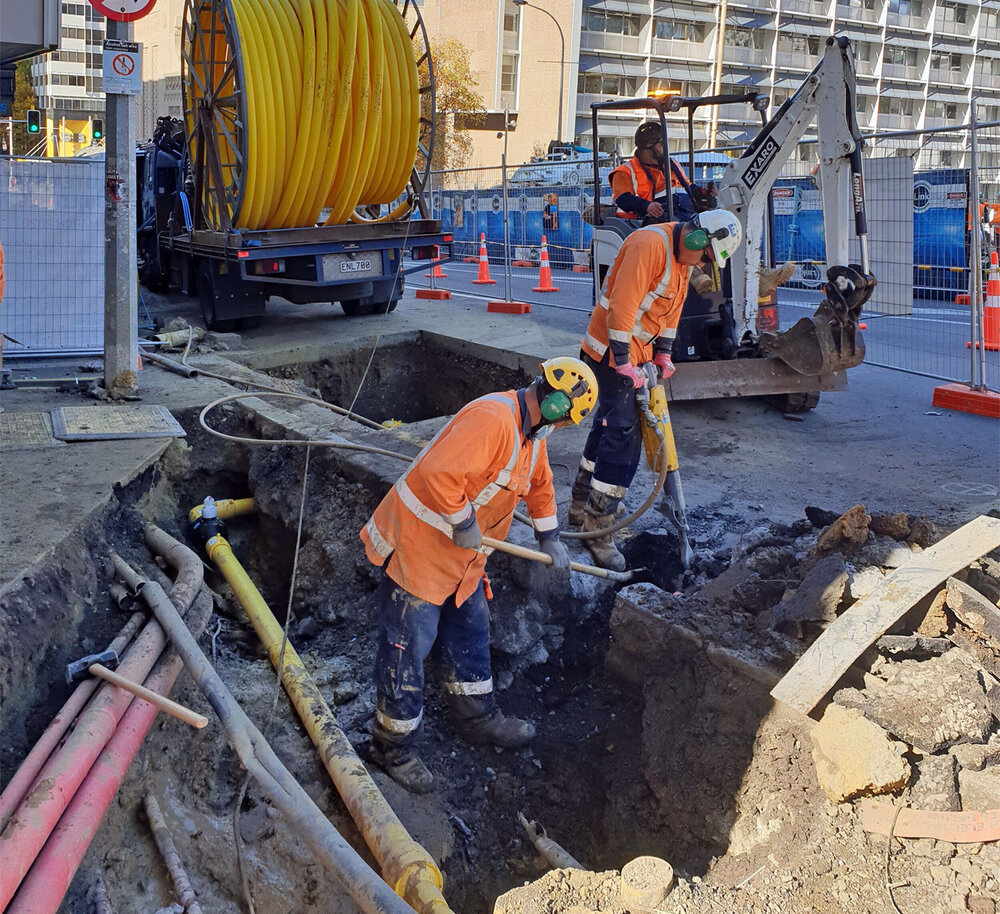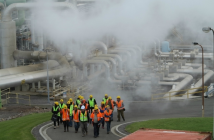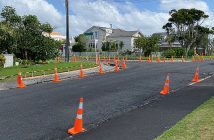A worker was hammering a piece of reinforcement rod into the ground when it hit a 11kv electrical cable

In July 2020, a worker on the City Rail Link project in Auckland’s CBD hammered a piece of reinforcement rod into a former public footpath area. The rod connected with an underground 11kv electrical cable, and smoke started rising from the area around the rod. Power was lost to the surrounding neighbourhood.
The workers involved in the activity stopped work and notified their supervisor immediately. The supervisor then used a piece of timber and his hands to dig the area to confirm the rod had connected with a cable.
While no one was injured, there was a risk of injury or death.
What went wrong?
The company involved had previously identified the location of the cable, and had a permit-to-dig system. However, the permit system only considered excavation below ground and not the penetration of the ground without digging. Therefore because the workers were not digging below the ground, they did not use the permit system which would have identified the location of the buried cable.
In addition:
- the job plan and paperwork had been left at home by the supervisor, and the workers were not briefed about the known buried cable
- the supervisor put their life at risk by attempting to remove the rod or dig around the cable.
What can we learn?
This incident highlights the health and safety risks involved with working near buried power cables and the need to carefully develop permit protocols.
It shows how important it is for businesses to:
- undertake a task-based risk assessment before beginning work and make sure they involve the workers doing the job
- ensure all services are marked with paint during all relevant phases of the project
- have a plan on site showing the location of all utility services
- ensure that any permit-to-dig system also includes items being driven into the ground (for example, pins, stakes or waratahs)
- ensure supervisors are competent to manage a high-risk incident.
More information: Excavation safety






